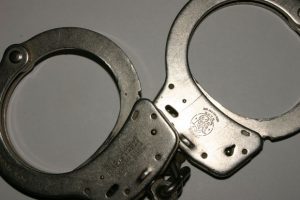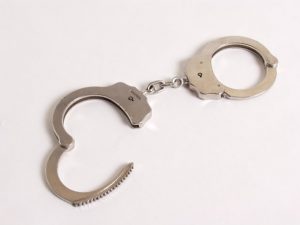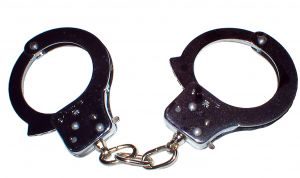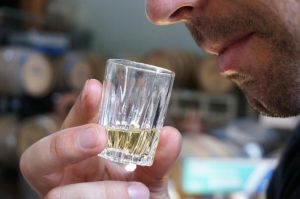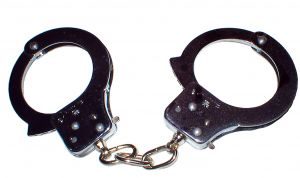Failure to remain at the scene of a crash in Florida is not merely a minor traffic offense. It can result in high-level felony charges accompanied by severe penalties. It’s an offense for which defendants would do well to consult with an experienced criminal defense lawyer – the sooner the better. Making any statement to a law enforcement officer, insurance agent or other third party before talking to your lawyer could put your freedom and your future in jeopardy.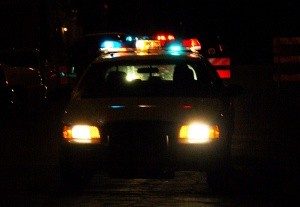
A Florida hit-and-run arrest was recently made in Hillsborough County (near Tampa) after an insurance agent contacted the Florida Highway Patrol after a customer reported damage to his vehicle.
According to Fox 13, a 56-year-old man from Clearwater was arrested at his home the day after a crash that killed 17-year-old Ashley Perdomo. Investigators say she had just left her shift that night at the El Unico Supermarket. As she crossed the street, investigators say a vehicle driven by Nikolaos Konstantinou struck her around 8 p.m. Konstantinou reportedly failed to stop. Continue reading
 Fort Lauderdale Criminal Attorney Blog
Fort Lauderdale Criminal Attorney Blog



